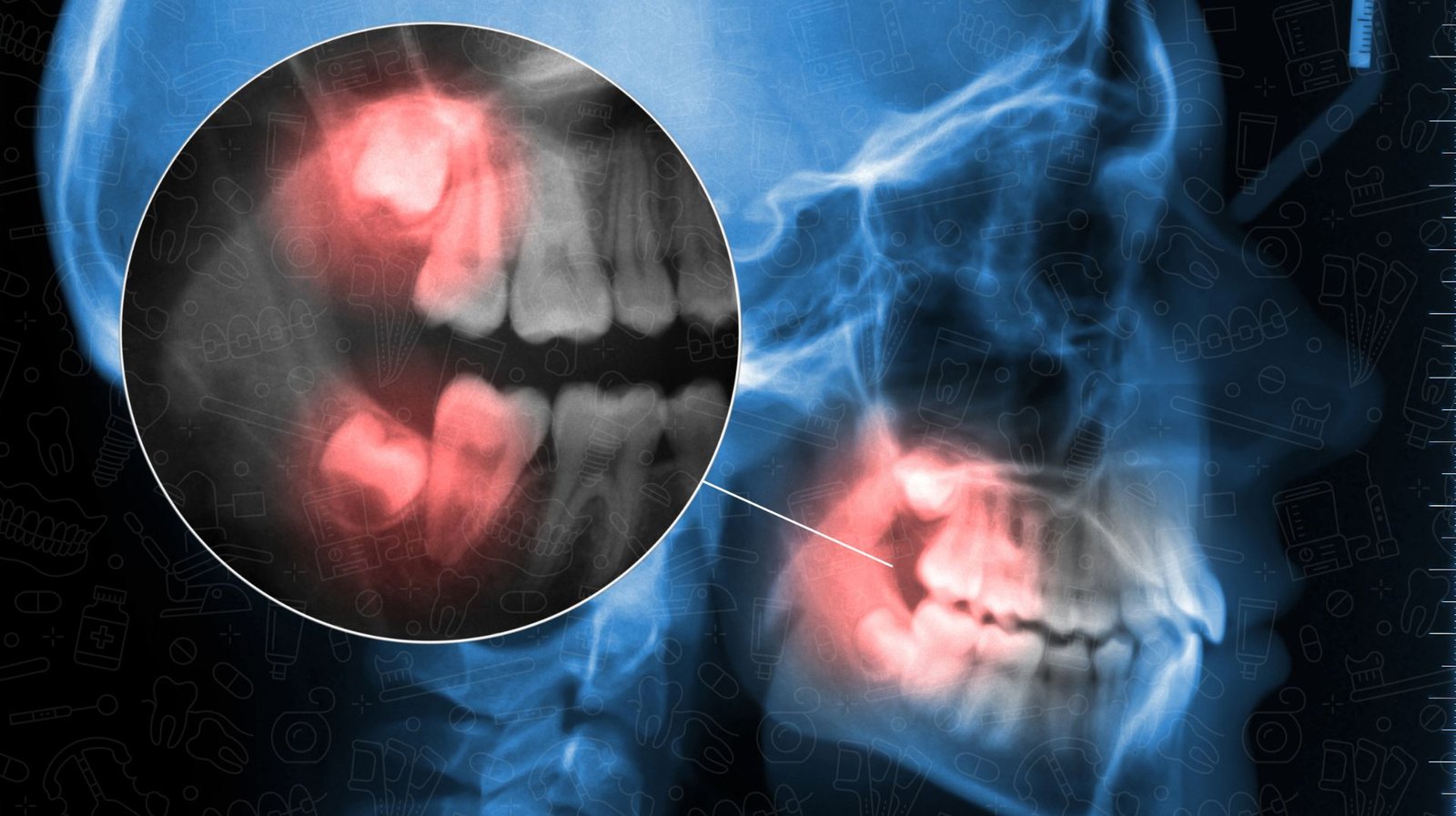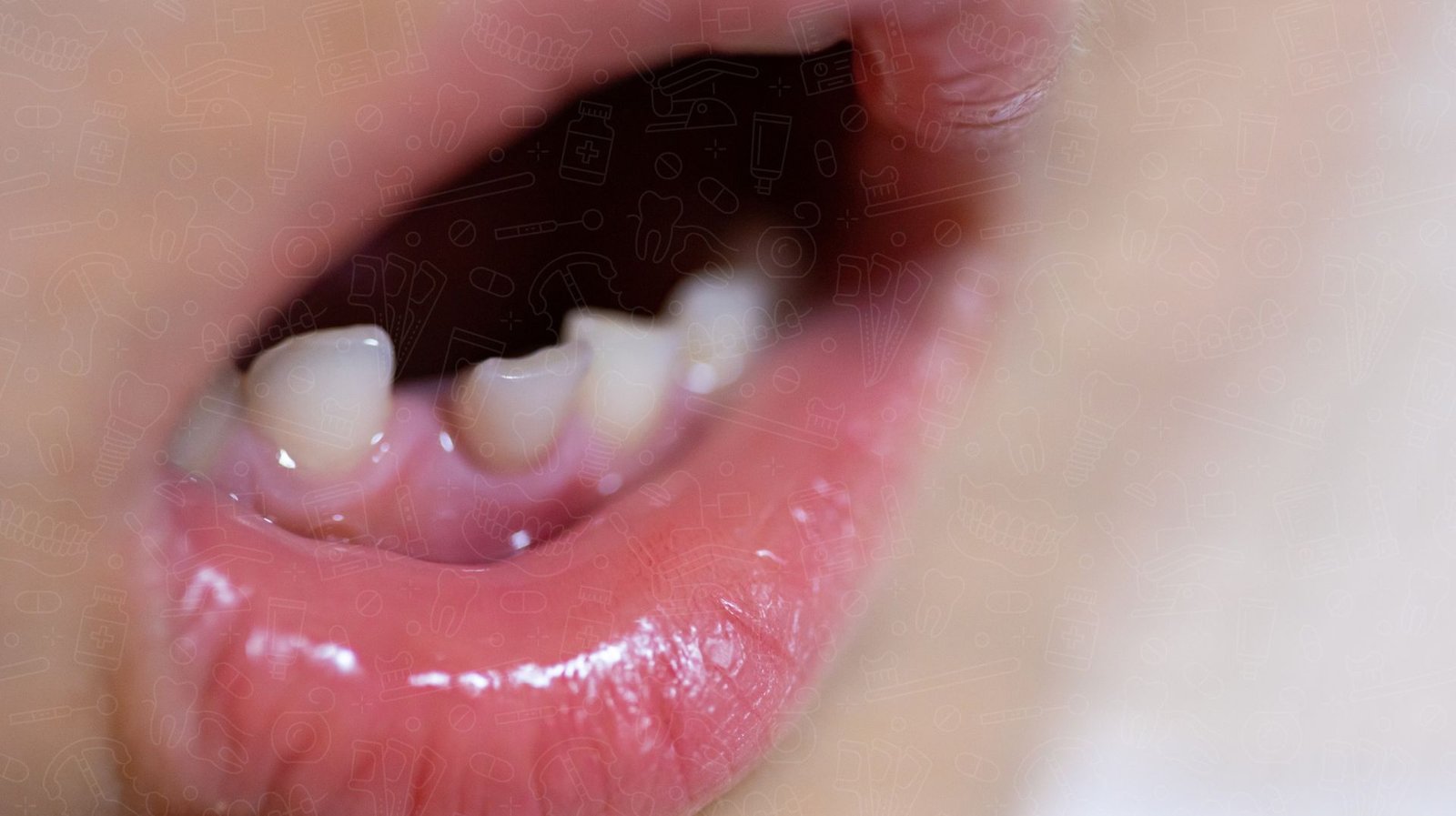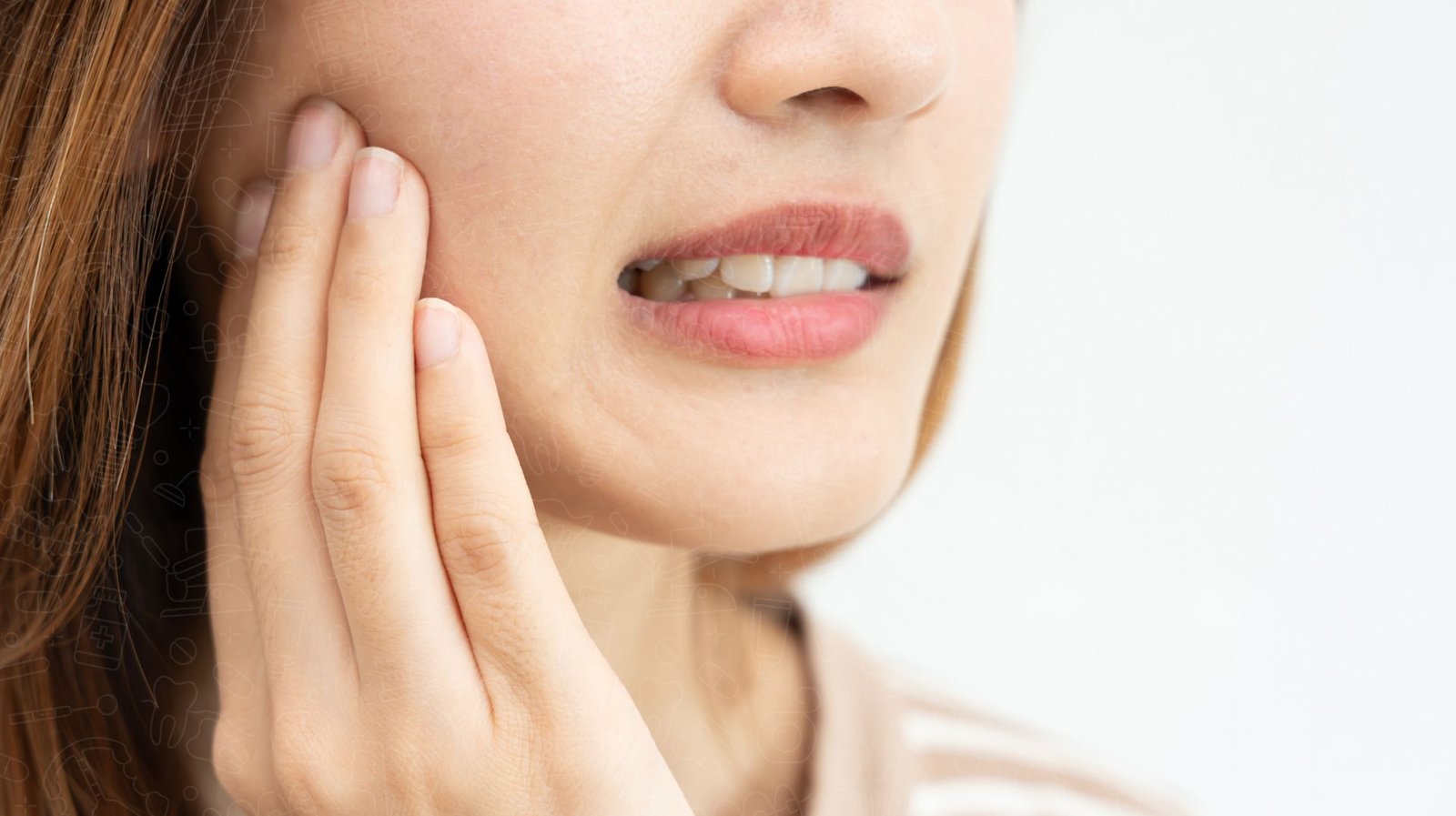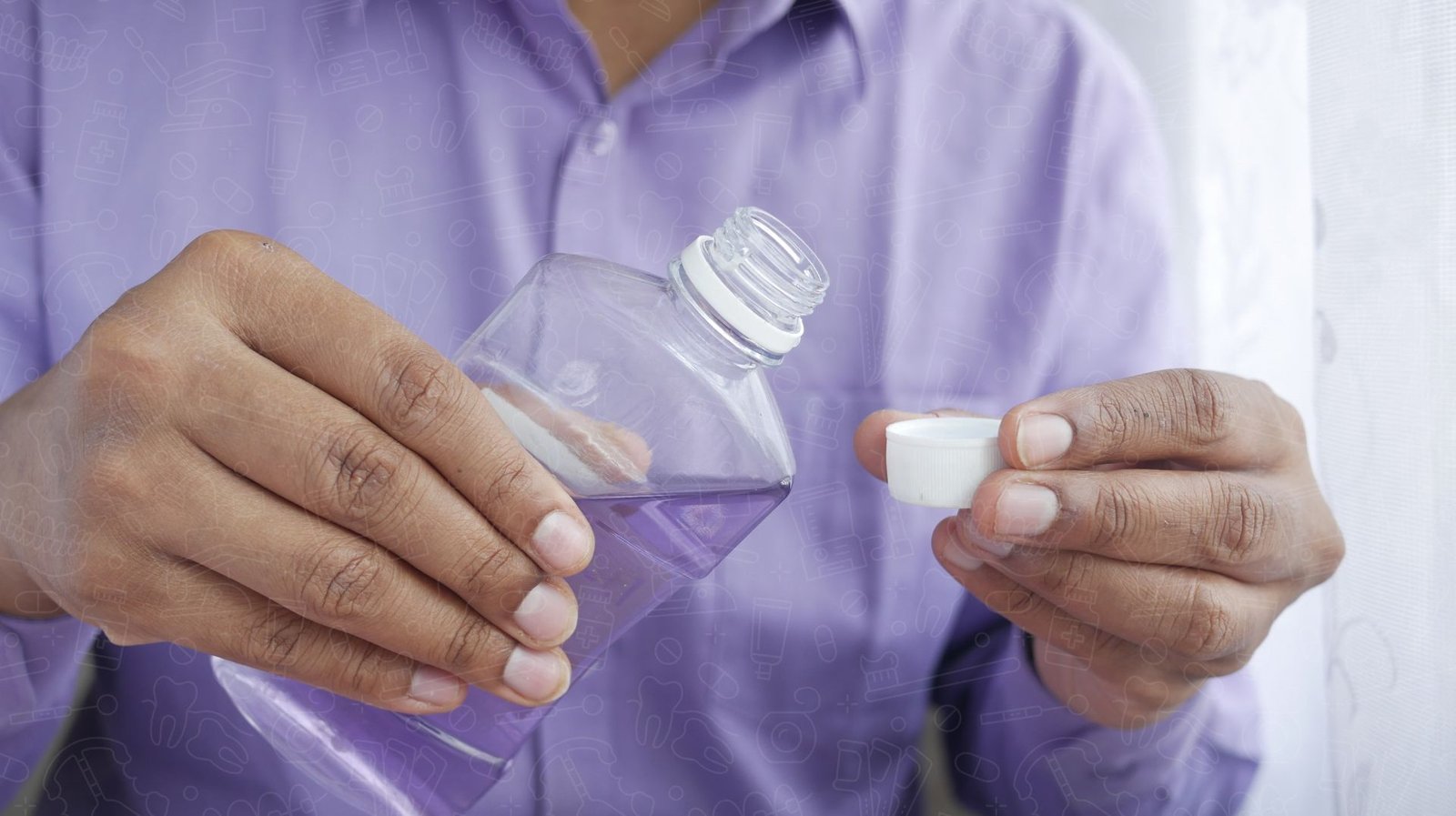Introduction to Best Tooth Extraction Aftercare Practices
Overview of Tooth Extraction
Tooth extraction is a dental procedure performed to remove a tooth from its socket in the jawbone. This procedure can be as straightforward as a simple extraction or as involved as a surgical removal, depending on the position and condition of the tooth. Extractions are commonly done for wisdom teeth, decayed teeth, or those damaged by trauma.
Common Reasons for Tooth Removal
There are several reasons why a tooth might need extraction:
- Severe Decay: When a tooth is too decayed to restore with fillings or crowns.
- Crowding: Removal may be necessary before orthodontic treatments, such as braces.
- Infection: If a tooth infection can’t be treated with antibiotics or a root canal.
- Wisdom Teeth Issues: Wisdom teeth are often extracted to prevent impaction or overcrowding.
Importance of Proper Aftercare for Healthy Healing
Following proper aftercare is critical for a successful and healthy recovery after a tooth extraction. Good aftercare reduces pain, helps prevent complications like dry socket or infection, and promotes faster healing.
Purpose of the Topic: Providing the Best Tooth Extraction Aftercare Tips for a Smooth Recovery
This guide provides the best tooth extraction aftercare tips to help you navigate the healing process with confidence. By following these tips, you can promote healthy healing and minimize any discomfort.
Understanding the Tooth Extraction Procedure
What to Expect During Tooth Extraction
Tooth extractions can vary in complexity, but your dentist or oral surgeon will guide you through the process. They’ll also provide detailed aftercare instructions tailored to your needs.
Simple Extractions vs. Surgical Extractions
- Simple Extraction: Used for teeth that are visible and easily accessible, typically done with local anesthesia.
- Surgical Extraction: Necessary for impacted teeth or teeth that haven’t fully erupted. This involves an incision in the gum and possibly bone removal.
Use of Local or General Anesthesia
Simple extractions typically require only local anesthesia, whereas surgical extractions may involve general anesthesia or sedation for patient comfort.
Common Post-Extraction Symptoms
Normal symptoms after an extraction include mild swelling, bleeding, and discomfort. These symptoms usually peak within the first 24-48 hours and gradually subside.
Expected Recovery Timeline
Most people recover from tooth extraction within 7-10 days. Initial symptoms should lessen within a few days, while the extraction site may take a few weeks to heal completely.
Immediate Aftercare Tips for Tooth Extraction
Managing Bleeding and Protecting the Clot
- Using Gauze to Control Bleeding: Bite down on a piece of gauze for 30-60 minutes after extraction to control bleeding and encourage clot formation.
- Avoiding Disruption of the Blood Clot: The blood clot protects the extraction site, so avoid actions that could dislodge it, such as spitting or drinking through a straw.
Pain and Swelling Management
- Using Ice Packs to Reduce Swelling: Apply ice packs in 15-20 minute intervals on the first day to minimize swelling.
- Pain Relief Options: Use over-the-counter pain medications like ibuprofen or prescribed medications from your dentist to manage discomfort.
Handling Nausea and Dizziness
- Resting and Staying Hydrated: Drink water slowly and avoid heavy meals if you feel nauseous. Resting helps reduce dizziness and prevents strain on the extraction area.
- Tips for Managing Any Post-Extraction Nausea: If nausea persists, stick to light foods and consult your dentist if needed.
Key Practices for the First 24-48 Hours After Extraction
Rest and Limiting Physical Activity
Take it easy during the first 24-48 hours, as physical activity can increase bleeding and delay healing.
Head Elevation for Reduced Swelling
Elevate your head on a couple of pillows when sleeping to reduce swelling and prevent excess blood flow to the extraction site.
Dietary Guidelines for Healing
- Recommended Foods: Stick to soft, cool foods like yogurt, applesauce, smoothies, and mashed potatoes.
- Foods to Avoid: Avoid crunchy, spicy, or hot foods, as they may irritate the area and slow down the healing process.
Maintaining Oral Hygiene During Recovery
Cleaning Techniques to Protect the Extraction Site
- Gentle Brushing Without Disrupting the Clot: Brush the teeth gently and avoid the extraction site for the first few days.
- Avoiding the Extraction Area: Avoid any direct contact with the extraction site while brushing and flossing.
Using a Saltwater Rinse
- Benefits of Saltwater Rinses: Saltwater rinses can help keep the extraction site clean, reduce bacteria, and prevent infection.
- How and When to Use a Saltwater Rinse: Begin rinsing 24 hours after extraction, using a gentle swish of warm saltwater.
Avoiding Mouthwash and Alcohol-Based Products
Refrain from using alcohol-based mouthwash, as it can irritate the extraction site and disrupt healing.
Preventing Dry Socket: Essential Tooth Extraction Aftercare Tips
What is Dry Socket and Why Prevent It?
Dry socket occurs when the blood clot at the extraction site dislodges or dissolves, exposing the underlying bone and nerves. It can be extremely painful and delays healing.
Causes, Symptoms, and Risks of Dry Socket
Dry socket can be caused by smoking, using straws, or forceful rinsing and spitting. Symptoms include severe pain, foul breath, and visible bone.
Top Tips for Preventing Dry Socket
- Avoiding Smoking and Straws: Do not smoke or use straws for at least a week post-extraction.
- Following the Dentist’s Post-Operative Instructions Closely: Stick to the recommended guidelines to minimize the risk of dry socket.
Pain and Swelling Management Beyond the First 48 Hours
Transitioning from Ice Packs to Warm Compresses
After 48 hours, switch to warm compresses to ease jaw stiffness and promote circulation.
Pain Medication Schedule
Stick to a consistent pain medication schedule as directed by your dentist, and consider natural remedies like herbal teas for added comfort.
Safe Eating and Drinking Practices After Tooth Extraction
Recommended Foods for Smooth Healing
Soft foods like yogurt, mashed potatoes, and scrambled eggs are ideal for gentle eating during recovery.
Foods and Drinks to Avoid
Avoid hard, crunchy, acidic, and spicy foods, as these can irritate the healing area.
Hydration Without Straws
Stay hydrated by drinking water, but avoid straws as the suction can dislodge the clot.
Monitoring the Healing Process
Normal Healing vs. Signs of Complications
Normal healing includes gradual pain reduction and reduced swelling. If pain or swelling worsens, it may be a sign of a complication.
Recognizing Signs of Infection
Signs of infection include redness, fever, increased pain, and a foul taste. Contact your dentist if these symptoms arise.
When to Resume Normal Activities
Returning to Work or School
You can usually resume work or school within 1-2 days, but this varies based on the complexity of the extraction.
Timing for Resuming Physical Exercise
Avoid exercise for at least 72 hours or as recommended by your dentist to prevent increased blood flow to the area.
Avoiding Jaw Strain and Pressure
Be mindful of activities that could strain the jaw, such as heavy lifting, during the initial recovery period.
Long-Term Best Tooth Extraction Aftercare
Protecting the Healing Area
Avoid hard foods until the area has completely healed, and continue gentle oral hygiene.
Importance of Follow-Up Appointments
Attend any follow-up appointments to ensure proper healing and address any concerns with your dentist.
Adjusting to Changes in Bite or Chewing
You may experience slight changes in bite; adjust your chewing and avoid overly hard foods to avoid discomfort.
Conclusion
Proper aftercare practices are essential to ensure smooth and healthy healing following a tooth extraction.
By adhering to these best practices, you can promote optimal healing, reduce pain, and avoid complications.
Implementing the best tooth extraction aftercare tips will support a healthier recovery.
If you have any concerns, schedule a follow-up appointment with your dentist to ensure your recovery is on track.





